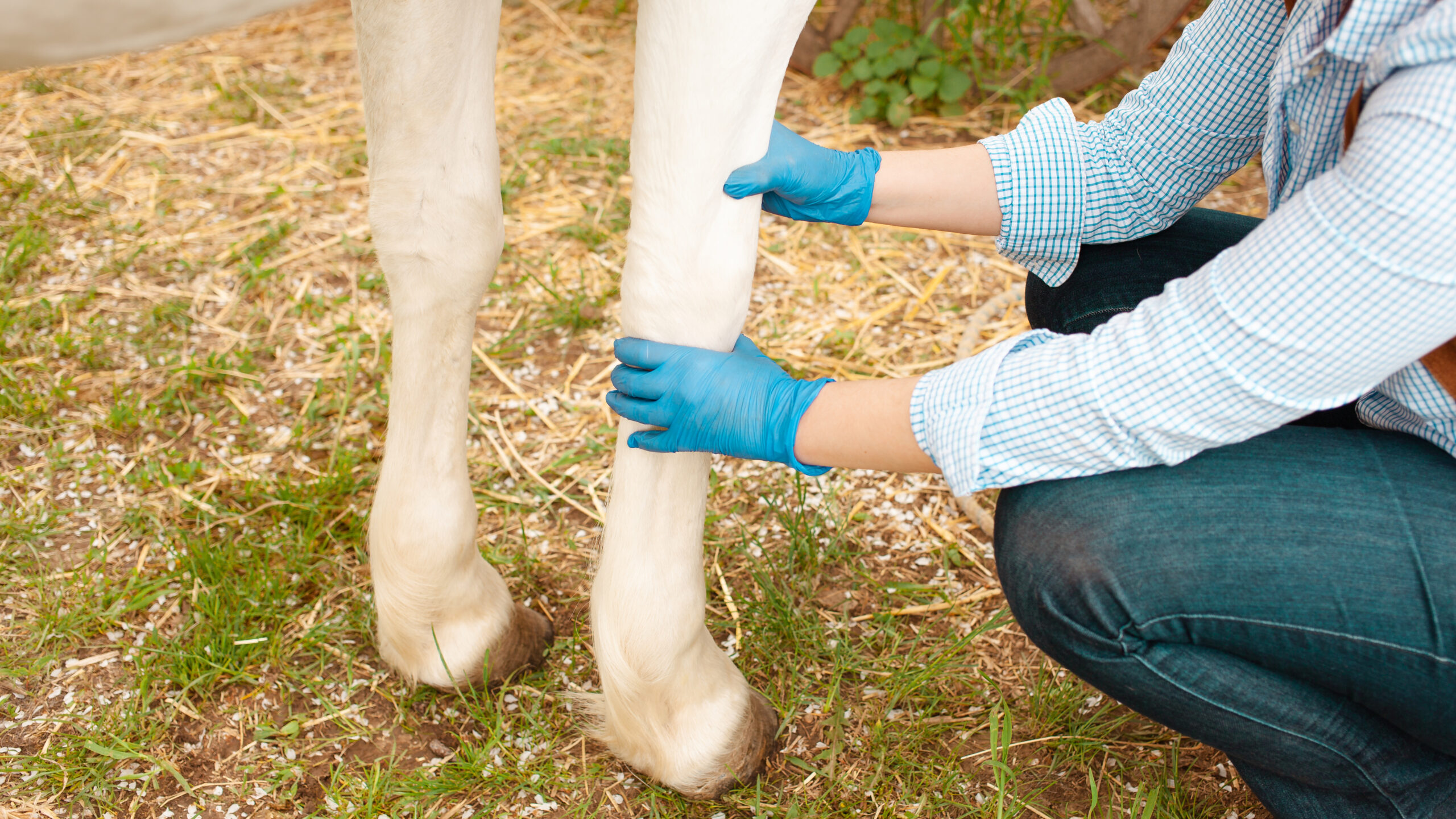Which joint injection to choose?
- September 28, 2025
- ⎯ EQUUS
Question:
My horse is getting older and developing arthritis. I’ve been researching joint injections and am confused by the method of delivery. Some products are designed to be delivered directly into the joints, while others can be injected intramuscularly. What’s the benefit to each route of administration? Are the end results the same?
Answer:
You are correct that there are multiple routes for medications that help arthritis. And your confusion is understandable. Common use of the term “joint injection” can refer to injecting a medication directly into a joint (referred to as “intra-articular” or “IA”) or a muscle (“IM”) or into a vein (“IV”). Adding to the confusion is the fact that many different types of medications can be delivered via injection, including polysulfated glycosaminoglycan, hyaluronate, corticosteroids and even biologics made from the horse’s own blood.

(Getty Images)
Generally speaking, medication injected directly into a joint will be more potent because it is targeted to the specific area of concern. There are some risks associated with injecting directly into a joint, however, and the procedure will be more expensive.
For a horse with several arthritic joints, administering medication via a systemic route, IM or IV, might be preferred. Systemic injections have improved in efficacy over the years and are a viable option, particularly for a first-line approach.
Your veterinarian can advise you on which type of injection is best for your horse. There are many factors to consider, including your horse’s age, specific diagnosis and lifestyle. In addition, your own expectations for the treatment will be an important part of the discussion.
With this information, your veterinarian can construct a comprehensive treatment plan that not only includes injections, but possibly oral medication, nutritional supplements and an exercise program that can help keep your horse moving comfortably for years to come.
David Frisbie, DVM, PhD
Colorado State University
Fort Collins, Colorado
Our expert:
David Frisbie, DVM, PhD, is a professor of equine surgery at Colorado State University’s Equine Orthopaedic Research Center. He is a Diplomate of the American College of Veterinary Surgeons and a Founding Fellow of Minimally Invasive Surgery (Large Animal Orthopedics), and a Diplomate of the American College of Veterinary Sports Medicine and Rehabilitation.
Don’t miss out! The free weekly EQUUS newsletter delivers practical and interesting horse health information right to your in basket! So if you’re not already receiving the EQUUS newsletter, click here to sign up. It’s *free*!





